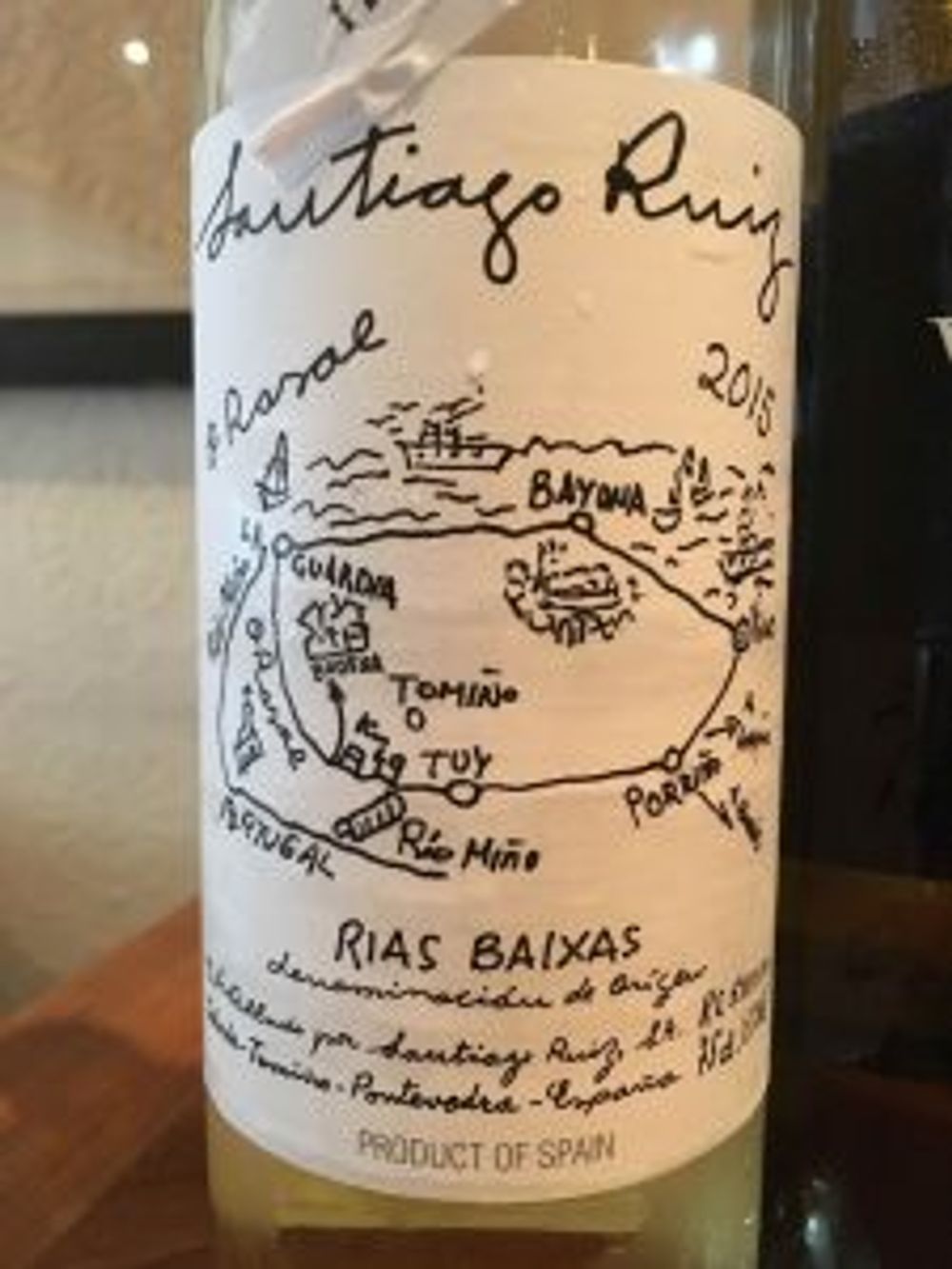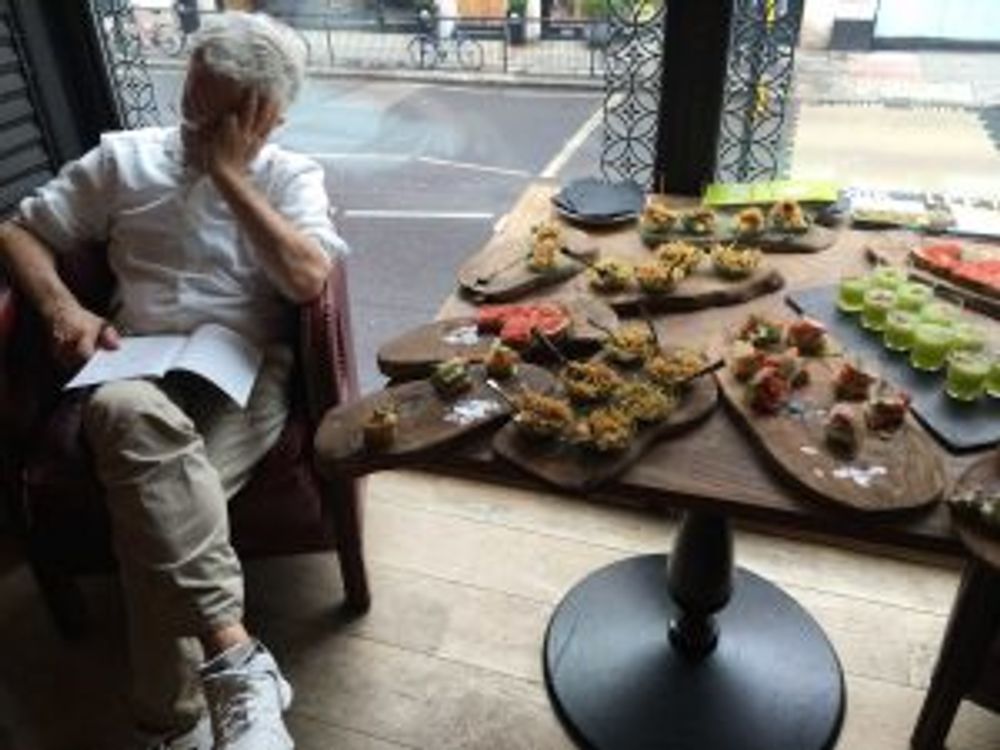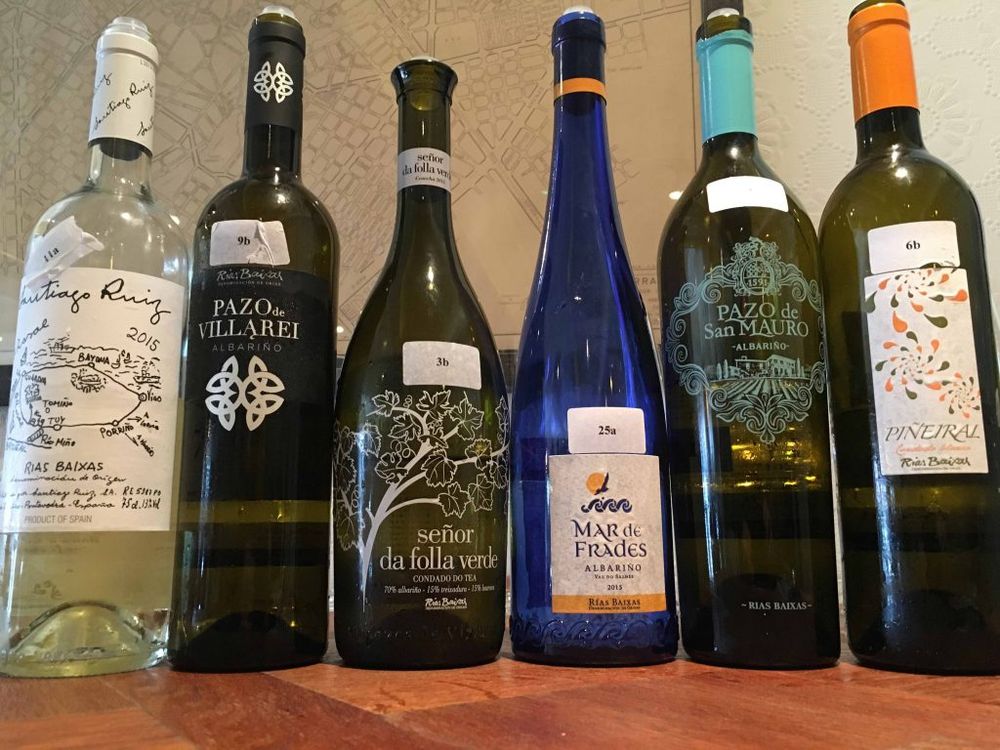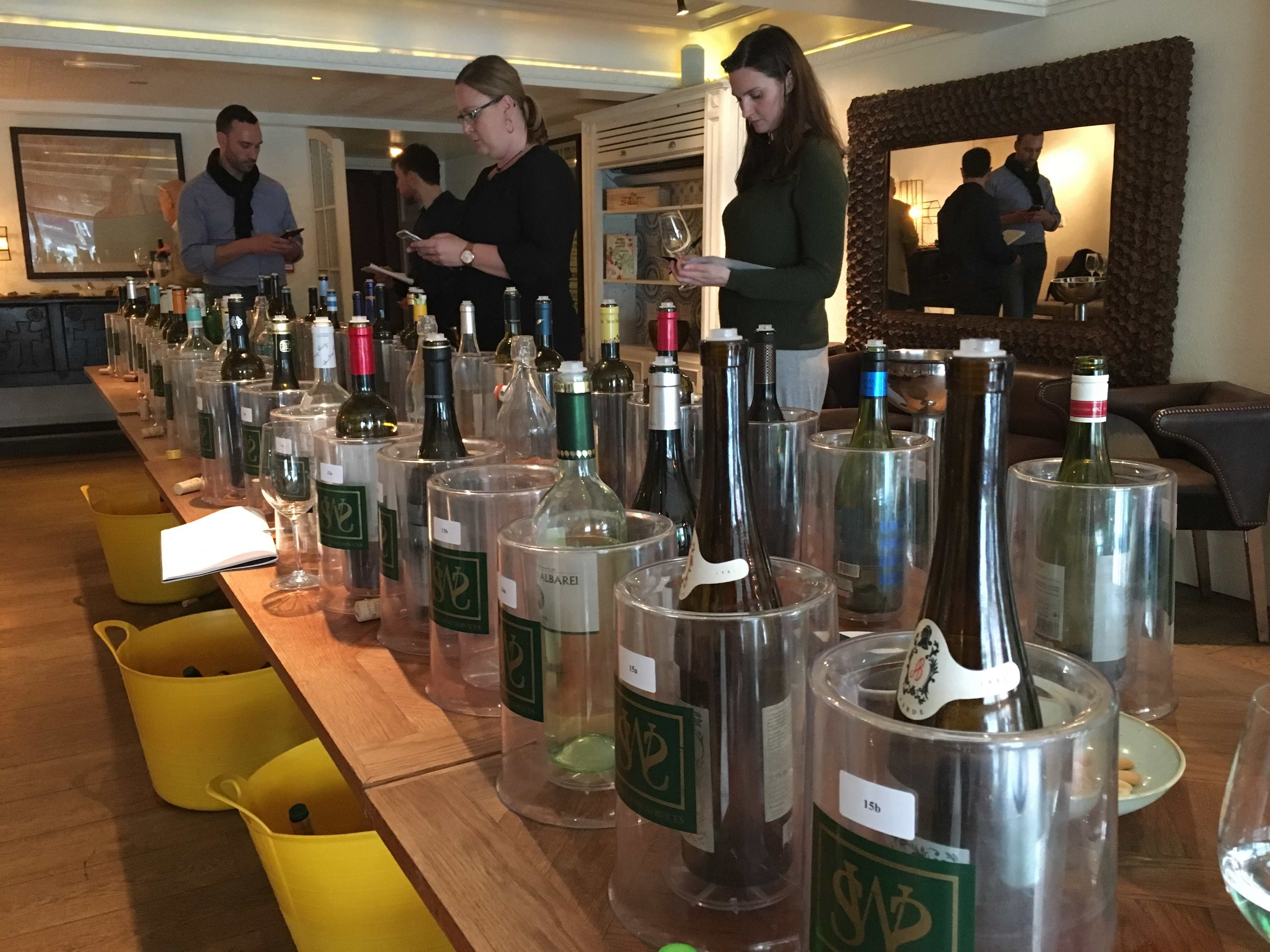Buying discretion is advised with Albariño 2015 from Rias Baixas where some wines really shine and others are surprisingly dull.
Just what is it about regional Spanish wine tastings? Around 18 months ago, for the first time in my tasting career, I had to admit defeat after several hours of tasting Ribera del Duero: my tongue felt like it had crawled the Camino de Santiago unaided, without a stop at an obliging hostal.
Grim memories of this tempranillo/tannin overload have since led me to steer clear of big Rioja and Ribera tastings.
But this was different: an invitation to taste over 50 Albariño 2015 from Rias Baixas. What could go wrong?
Casting excess acidity fears to one side – though bringing my antacids just in case, 2015 proved as “fresh” as some were saying – I made my way to Iberico in London’s Marylebone.
Like Ribera del Duero, Rias Baixas’ big growth explosion was in the late 1980s and 1990s. Area under vine has jumped from around 230 hectares in 1987 (the year before it became an official DO) to over 4,000 hectares today. The number of wineries, which were dominated by Bodegas Martin Codax (the cooperative that put this region, and its leading variety Albariño, on the map) has jumped from 14 to 181. UK imports have soared, with Brits strongly attracted to the fruity and often fragrant wines that this granite-soiled area of Galicia produces.
The UK is now the second largest market, importing some 991,797 litres last year against just 128,283 in 2004, with most supermarkets selling their own label versions alongside the inevitable Sauvignon Blanc and Pinot Grigio.
So how were the wines?
The Albariño 2015 tasting was arranged by sub-region – Rias Baixas has five, with most wines produced in Val do Sales in the middle of the region, just north of Pontevedra.
The wines confirmed the official DO line that 2015 was an unusual year.
Near-perfect conditions prevailed until close to harvest time in early to mid September, when the temperature dropped and the heavens opened. As a result, many of the wines suffered either from slightly premature picking or from being drenched by the big storm which blew in mid-month.

For my money, the most consistent regions quality-wise seemed to be the two southern-most ones, Condado do Tea and in particular O Rosal, nestling up against the Minho river and the Portuguese border. A stand-out from the latter was the Santiago Ruiz Albariño, rounded and surprisingly full-bodied, with lots of tropical fruit flavours on the nose and palate (and a wonderful label featuring a child’s map drawing of the region).
Davila, produced by Adegas Valminor in O Rosal was also very good, well-rounded and with surprising complexity, whilst both the wines from O Rosal’s Quinta Couselo (Quinta do Couselo and Turonia) showed great fruit-forwardness but also nice balance and minerality. All these wine retail for around £15 with Roberson stockists for the first two.
From the Condado do Tea region, Eidosela from Bodegas Eidosela was a pleasant surprise, with lots of fresh apricot and peach flavours not detracting from good firm intensity; Senorio de Sobral (currently seeking a UK importer) despite a rather hideous label, was also surprisingly complex with firm tropical flavours working through on the palate.
And what about the main, best known region, Val Do Sales?
To be honest, many of these wines tasted pretty similar (rain-damage?) and frankly lacked balance, with some of the least expensive wines really very dull indeed. That said there were notable exceptions including the two wines from Bodegas Martin Codax (the Martin Codax and the Alba Martin Codax, which showed wonderful complexity and good fruit).
Another stand-out was Igrexario de Saiar from Bodega Benito Santos, a 100% organic, fresh and very mineral wine, with an intriguing underlying salinity and nutty flavours.
But perhaps this tasting, extensive though it was, didn’t really do justice to Rias Baixas and Albariño.

For some hacks it was too much – #quick kip on the job
By being focused on 2015, Albariño’s good but largely unheralded ageing potential wasn’t revealed; the few wines that were there from earlier vintages, notably the Albariño de Fefinanes 111 Ano (2012), at £38.50 the priciest wine there, and the Vina Amirante’s Vicius 2014 (£21) had a great sense of terroir and character.
Many of the wines also proved quite a contrast to the remarkable Alvarinhos I had been tasting just a week before during a trip to Portugal’s Moncao and Melgaco sub-region.
Located in the Vinho Verde region, this is the Portuguese home to the grape. Unlike Rias Baixas however – which sells most of its wine in the year following the vintage – many of the best Portuguese Alvarinhos spend at least a year or more in bottle and have a more artisanal feel than their Spanish counterparts. And they seem to get better with every vintage.
The thought occurs: could some of Rias Baixas’ producers have sacrificed quality and originality in their rush to achieve commercial success?

In agreement – the top 6 Albariño as picked by The Buyer’s drinks editor Peter Dean









































